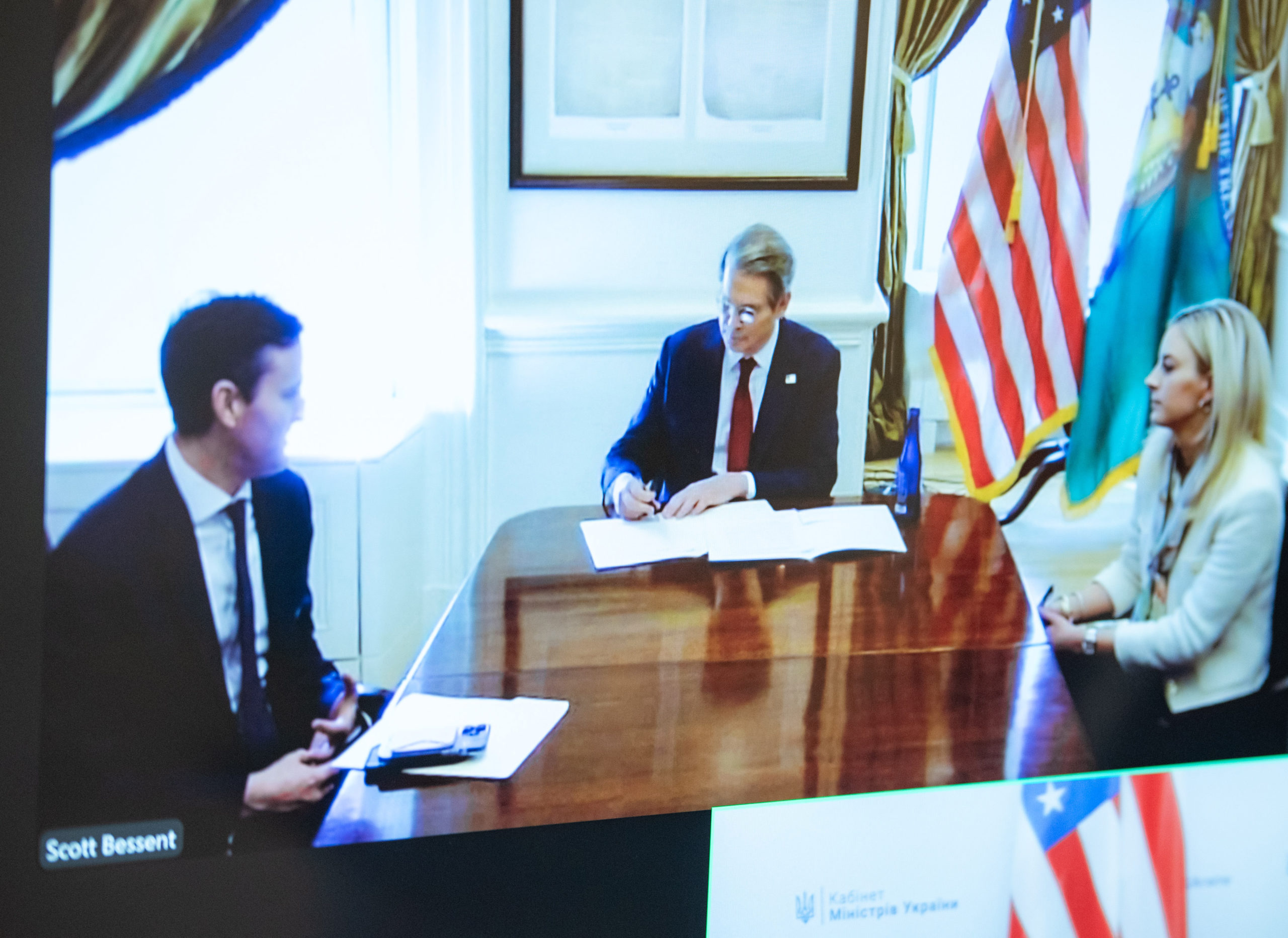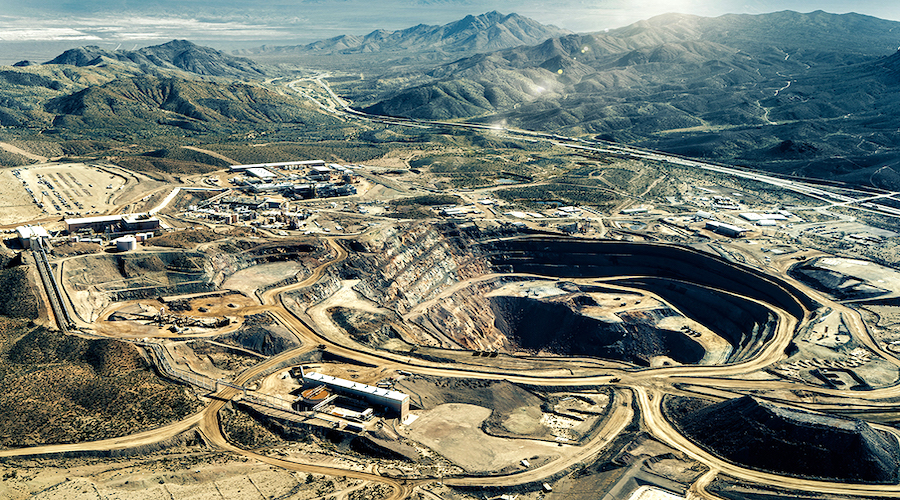Setting sights on ‘invisible’ mining
In-situ recovery is a new and largely untapped frontier that could improve environmental performance and change the economics of mining.
Australia has long been a world leader in the resources and energy sector.
In-situ recovery or ISR, particularly from hard rock ore bodies, is a technology that involves drilling, rock fracturing and leaching of value metals away from gangue while the rock remains in place. It has the potential to be a game changer for deep and sub-economic deposits, and provide an alternative to open cut and underground mining.
Once proven, the technology will provide access to metals via ore deposits previously considered uneconomic or stranded – because of their low grade, small size, depth or location. This could turn assets that companies currently consider ‘unminable’ into profitable projects for the future.
ISR is already used widely in the uranium industry, and is being evaluated at gold and copper operations in Australia and the US.
It has the potential to halve the costs of conventional mining by avoiding the need to bring rock to the surface, and then crush and mill this rock before subsequent processing.
This results in significantly reduced energy costs and greenhouse gas emissions. And by not having to dig up topsoil and other ground, ISR prevents waste stockpiles and holes in the ground at the end of the process.
The metal extraction involves pumping solution through the fractured rock and back to the surface and requires a relatively small amount of infrastructure at the surface.
ISR is not without its challenges and an appropriate ISR target must have suitable geology and hydrology along with other environmental safeguards. The challenges of rock fracturing and mineral extraction will also result in lower production recovery rates than using conventional mining and surface leaching methods.
These economic and environmental factors were among many discussed at the Cutting Edge Science Symposium on ISR at the Australian Minerals Research Centre in Perth in late 2014.
CSIRO brought together 77 key local and overseas participants and potential ISR partners from the mining and petroleum industries, universities and other research houses, industry service providers and regulatory bodies.
It was the first ISR symposium convened by CSIRO, and was unique in that it examined the potential of ISR to be an alternative recovery approach to those currently used for any metal or element (compared with other ISR conferences that have focused on uranium).
Participants examined the knowledge and capabilities that can be applied or adapted to in-situ extraction of various commodities, including geology; hydrology; hydrometallurgy; regulatory, environmental and social impacts; and techno-economics.
The symposium was the first step towards identifying the main challenges and knowledge gaps that need further work, with the aim of developing a road map to meeting those challenges.
Dr Paul Breuer, the Team Leader of Gold Processing in CSIRO’s Mineral Resources Flagship, identified the key technical challenges for ISR in hard rock deposits as:
- measuring the porosity and permeability of rock types and how to maximise permeation
- creating direct access pathways to the desired mineral/element
- demonstrating and gaining acceptance that ISR is an economically sustainable technology with reduced environmental risks.
“The fracturing needed is a challenge particularly in hard rock orebodies at depth where there isn’t permeability to start with, and where you can’t pump the solution past the minerals you’re trying to recover,” Dr Breuer said.
“We need to understand how to create these pathways to the desired mineral. There’s a lot known about technologies used in blasting every day, for example hydrofracturing used for block caving in coalmines, but these haven’t been applied to ISR applications.”
The difficulty in obtaining an accurate evaluation of whether a deposit is suitable for in-situ recovery, from the limited exploration and resource drilling material, is also an issue.
Researchers are aiming to increase confidence in ISR by establishing an evaluation template. More accurate indications of the project economics from laboratory analysis rather than field trials would reduce the timeframe and cost of evaluations.
Dr Dave Robinson, the Group Leader of Base and Precious Metals in the same Flagship, said a lot of great technology has been independently developed for drilling and fracturing.
“Now it’s time to pull all this work together and see what’s left to solve so that we can turn this into a technology that benefits the industry and the environment,” he said.
To make a deposit amenable to ISR, all aspects had to be considered collectively.
“CSIRO and our partners are well positioned with capabilities and networks to coordinate a path forward for the development of ISR,” Dr Robinson said.
“Our long-term goal is to develop ISR as an alternative technology for extracting lower grade resources not economically accessible using conventional methods.
“Changing the economic paradigm of orebodies will stimulate the industry. At the same time we can examine the environmental and social implications of the technology and work with the community and legislators to develop responsible ways forward.”
More News
Ukraine-US sign memorandum on minerals deal
April 17, 2025 | 03:05 pm
Ontario promises to cut red tape for critical mining projects
April 17, 2025 | 01:48 pm
MP Materials halts exports to China
The move follows Chinese restrictions announced earlier this month.
April 17, 2025 | 01:32 pm
{{ commodity.name }}
{{ post.title }}
{{ post.date }}




Comments